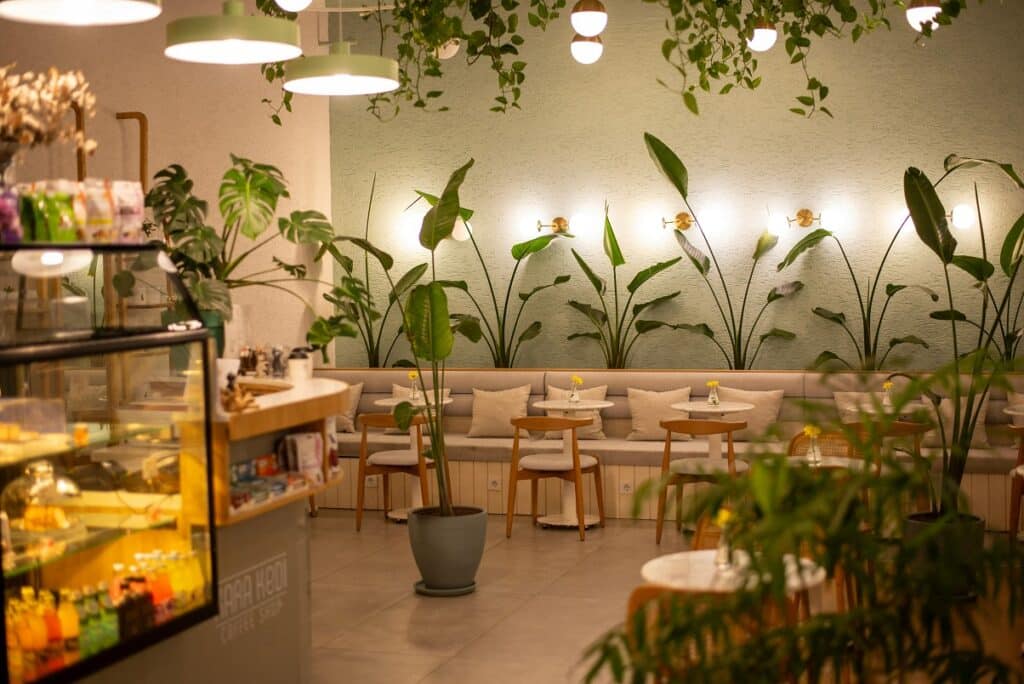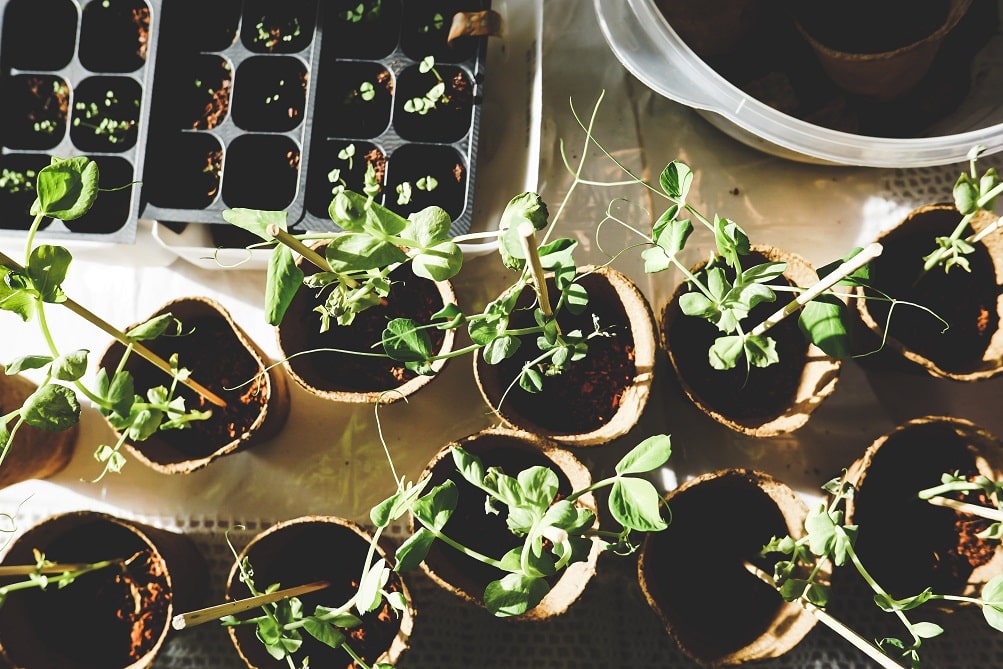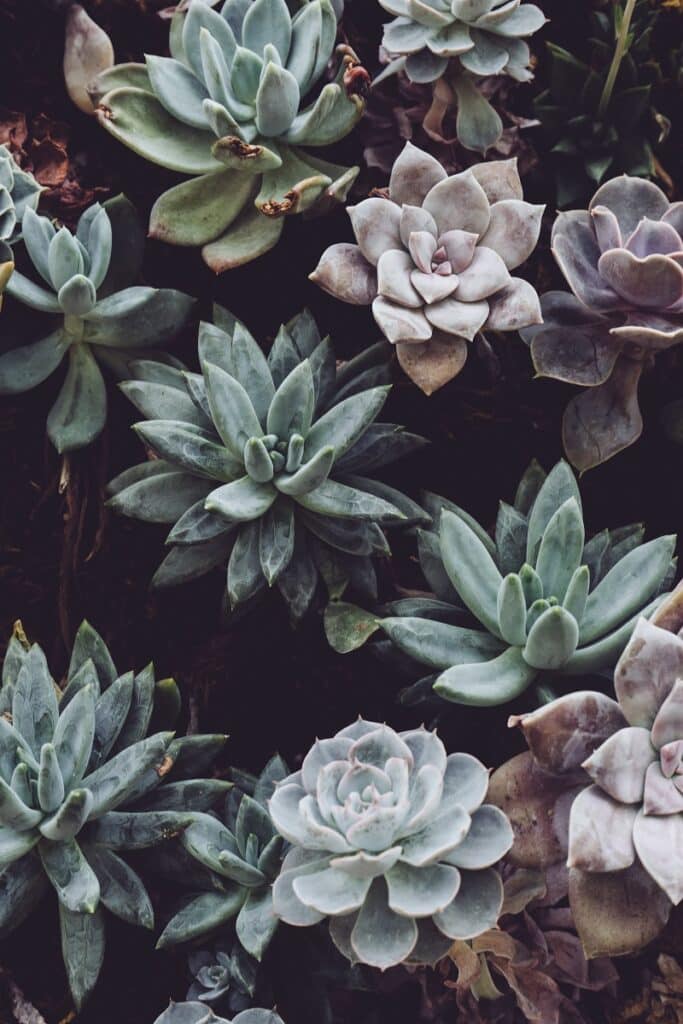Discover the essential care tips for taking care of Bamboo indoors to keep your plant healthy and vibrant. Learn about lighting, watering, humidity, and maintenance to ensure your indoor bamboo thrives as a beautiful and low-maintenance houseplant.
Taking care of bamboo indoors can be a rewarding and enjoyable task. With its vibrant green leaves and graceful appearance, bamboo can add a touch of tranquility to any indoor space. However, it is important to know the proper way to care for this versatile plant to ensure its health and longevity. In this article, you will find valuable tips and advice on how to keep your indoor bamboo thriving. From the right amount of sunlight and water to the ideal temperature and soil conditions, you will learn everything you need to know to create an optimal environment for your indoor bamboo. So, read on and discover how easy it is to nurture this beautiful plant and enjoy its many benefits in your home.
Lighting
Selecting the Right Light
When it comes to taking care of bamboo indoors, providing the right amount of light is crucial. Bamboo thrives in bright, indirect light. Choose a location in your home that receives bright, filtered light throughout the day. Avoid placing your bamboo plant in direct sunlight as this can scorch the leaves and cause them to turn yellow.
Providing Sufficient Light
To ensure your indoor bamboo plant gets enough light, consider placing it near a north or east-facing window. These windows tend to provide bright, indirect light without exposing the plant to harsh rays. If your home doesn’t have enough natural light, you can also use artificial lighting, such as fluorescent or LED grow lights, to supplement the plant’s light requirements.
Avoiding Direct Sunlight
While bamboo enjoys bright light, it’s important to shield it from direct sunlight. Direct sunlight can cause the leaves to burn and turn yellow, giving your bamboo plant an unhealthy appearance. If you notice that your bamboo is getting too much direct sunlight, simply move it to a more shaded spot in your home.
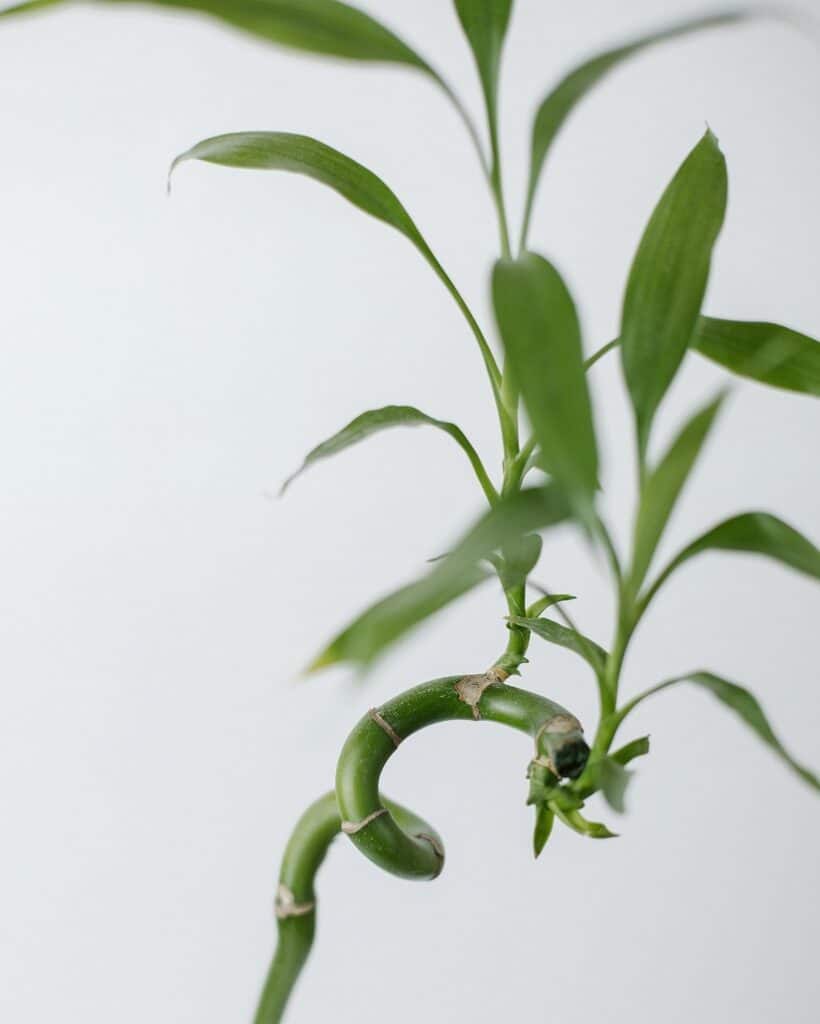
Watering
Determining Watering Frequency
Proper watering is essential for the health of your indoor bamboo. As a general rule, water your bamboo plant when the top inch of soil feels dry. Insert your finger into the soil and if it feels dry, it’s time to water. However, it’s important to note that watering frequency may vary depending on factors such as the size of the pot, humidity levels, and temperature. Always observe your bamboo plant and adjust the watering schedule accordingly.
Using Filtered or Rainwater
Bamboo plants are sensitive to the chemicals found in tap water, such as chlorine and fluoride. To avoid potential harm to your plant, it is recommended to use filtered or rainwater for watering. This helps ensure that your bamboo receives clean and pure water, free from any harmful additives.
Avoiding Overwatering
Overwatering is one of the most common mistakes when it comes to taking care of bamboo indoors. It’s important to strike a balance between keeping the soil moist and avoiding excessive water retention. Water your plant thoroughly but always empty any excess water from the saucer or tray underneath the pot. This prevents the roots from sitting in water, which can lead to root rot and other issues.
Proper Drainage
To prevent waterlogging and promote healthy root growth, make sure taking care of bamboo indoors pot has adequate drainage holes at the bottom. These holes allow excess water to drain out, preventing water from accumulating in the soil. If your pot doesn’t have drainage holes, consider repotting your bamboo in a container that does.
Misting the Leaves
Bamboo plants thrive in humid environments, and misting the leaves can help create the ideal conditions for their growth. Use a spray bottle filled with room-temperature water to mist the leaves occasionally. This provides a boost of humidity and helps prevent the leaves from drying out. Be mindful not to mist excessively, as this can lead to fungal issues.
Temperature
Ideal Temperature Range
Indoor bamboo plants prefer temperatures between 60°F (15°C) and 80°F (27°C) during the day. Avoid exposing your bamboo plant to extreme temperature fluctuations, as this can stress the plant and hinder its growth. It’s important to keep the plant away from drafts, air conditioning units, or direct heat sources, such as radiators.
Protecting from Extreme Temperatures
Extreme temperatures can pose a risk to the health of your bamboo plant. Avoid placing it in areas that are too cold or too hot, such as near drafty windows or heating vents. During the winter, taking care of bamboo indoors from freezing temperatures by relocating it to a warmer spot in your home. Similarly, during hot summer months, ensure that your bamboo plant is not exposed to excessively high temperatures, as this can lead to heat stress.
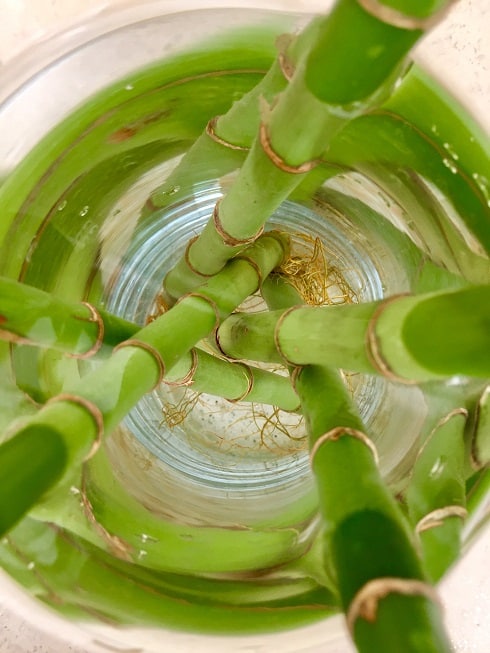
Humidity
Creating a Humid Environment
Bamboo is a tropical plant that thrives in high humidity. To create a humid environment for your indoor bamboo, you can place the pot on a tray filled with water and pebbles. As the water evaporates, it increases the humidity around the plant. Additionally, grouping several plants together can also increase humidity levels through transpiration.
Misting the Plant
bamboo plant’s leaves not only adds humidity, but it also helps keep the leaves clean and free from dust. Use a spray bottle filled with room-temperature water and mist the leaves occasionally. Be sure to mist lightly, focusing on the foliage rather than soaking the soil.
Using a Humidifier
If your home has particularly dry air or if you have multiple indoor plants that require high humidity, using a humidifier can be a great solution. A humidifier adds moisture to the air, creating a consistently humid environment for your bamboo to thrive in. Place the humidifier near your bamboo plant to provide it with the necessary moisture it needs.
Fertilizing
Choosing the Right Fertilizer
Indoor bamboo plants benefit from regular fertilization to ensure they receive essential nutrients for healthy growth. When selecting a fertilizer, opt for a balanced, water-soluble formula specifically formulated for indoor plants. Look for a fertilizer with equal ratios of nitrogen, phosphorus, and potassium, or an NPK ratio of 20-20-20.
Frequency of Fertilization
During the growing season, which typically spans from spring to fall, fertilize your bamboo plant every two to four weeks. However, always follow the instructions on the fertilizer package for specific recommendations. In winter, when the plant’s growth slows down, reduce the frequency of fertilization to once every two to three months.
Applying the Fertilizer
To apply the fertilizer, dilute it according to the package instructions and water your bamboo plant with the solution. Avoid applying fertilizer directly to dry soil, as this can potentially burn the roots. Always water your bamboo thoroughly before and after fertilization to help distribute the nutrients evenly and prevent any potential root burn.
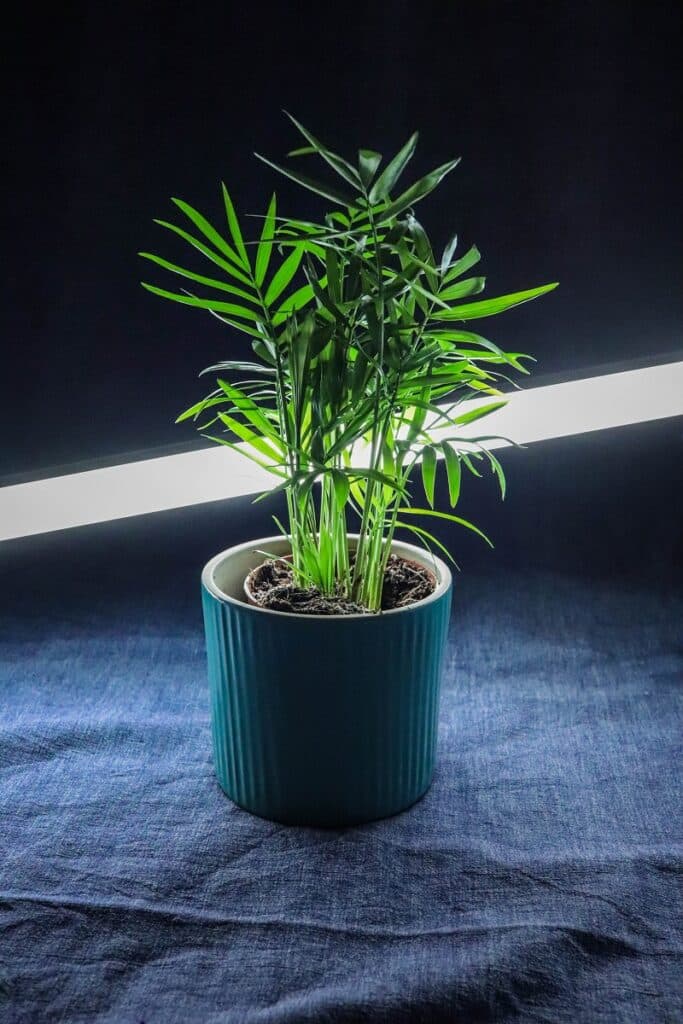
Pruning and Trimming
Identifying Brown or Yellow Leaves
Regular pruning and trimming are important for maintaining the health and appearance of your indoor bamboo plant. Keep an eye out for any brown or yellow leaves, as these are usually signs of aging or stress. Gently remove these leaves using clean and sharp pruning shears or scissors. Removing these leaves not only helps improve the plant’s aesthetics but also encourages new growth.
Trimming with Clean Tools
When pruning or trimming your bamboo plant, it’s essential to use clean tools to prevent the spread of diseases or pests. Before making any cuts, sterilize your pruning shears or scissors by wiping them with rubbing alcohol or a solution of one part bleach to ten parts water. This ensures that any potential pathogens or pests are not inadvertently transferred to your plant.
Removing Diseased or Damaged Parts
In addition to removing brown or yellow leaves, it’s crucial to prune any diseased or damaged parts of your bamboo plant. Inspect the stems and leaves regularly for signs of pests, diseases, or rot. If you notice any issues, trim away the affected areas using sterile tools. Removing diseased or damaged parts helps prevent the spread of problems and promotes the overall health of your plant.
Pest Control
Inspecting for Pests
Like all plants, taking care of bamboo indoors is susceptible to pest infestations. Regularly inspect your plant for common indoor plant pests such as aphids, spider mites, and mealybugs. Look for signs of pests such as sticky residue, webbing, or tiny insects on the leaves. Early detection is essential for effective pest control.
Using Organic Pest Control Methods
To control pests in your indoor bamboo plant, consider using organic methods. Neem oil, insecticidal soap, or a mixture of water and dish soap can be effective in combating common pests. Simply follow the instructions on the product packaging and apply the solutions to affected areas, ensuring thorough coverage. Repeat the treatment as necessary until pests are eradicated.
Treating Infestations
If your indoor bamboo plant experiences a severe pest infestation that cannot be controlled with organic methods, it may be necessary to use chemical pesticides. However, exercise caution when using chemical pesticides indoors, as they can be harmful to humans and pets. Always follow the instructions provided by the manufacturer and take the necessary precautions to protect yourself and your environment.
Repotting
Determining When to Repot
Indoor bamboo plants will eventually outgrow their pots and require repotting. Signs that it’s time to repot your bamboo include roots growing out of the drainage holes, overcrowding, or the plant becoming top-heavy. Ideally, repot your bamboo in the spring when it’s actively growing.
Choosing the Right Pot
When selecting a new pot for repotting, choose one that is slightly larger than the current pot. It’s important to ensure that the new pot has drainage holes to prevent waterlogging. Additionally, choose a pot made of porous material such as terracotta, as it allows the soil to breathe and excess water to evaporate.

Repotting Process
To repot your bamboo, gently remove it from its current container, taking care not to damage the roots. Gently loosen any compacted roots and place the plant in the new pot. Fill the pot with a well-draining soil mix, ensuring that the top of the root ball remains at the same level as the soil surface. Lightly press the soil around the plant and water thoroughly. Avoid fertilizing the newly repotted plant for a few weeks to allow it to adjust to its new environment.
Bamboo Care During Winter
Reducing Watering Frequency
During the winter months, when bamboo plants enter a period of dormancy, it’s important to adjust the watering frequency. Reduce the amount of water you give to your bamboo, allowing the top inch of soil to dry out before watering again. This prevents overwatering and helps prevent root rot, which is more common in colder months.
Placing Away from Drafts
Cold drafts can be detrimental to the health of your indoor bamboo during winter. Place your plant away from drafty windows, doors, or heating vents. The sudden temperature changes caused by drafts can shock the plant and lead to stress or even death. Find a location that provides stable, moderate temperatures throughout the day.
Providing Sufficient Light
Even during the winter months, it’s important to provide your indoor bamboo with sufficient light. Place it near a window that receives the maximum amount of sunlight during this season. If natural light is limited, supplement with artificial grow lights to ensure your bamboo plant receives the necessary light for healthy growth.
Common Mistakes to Avoid
Overwatering
Overwatering is one of the most common mistakes made when caring for indoor bamboo. It can cause the roots to rot and lead to the decline of the plant. Always check the soil moisture levels before watering and ensure that the soil is dry at least up to the top inch before giving it another drink.
Using Tap Water
Tap water contains chemicals, such as chlorine and fluoride, which can harm your indoor bamboo plant over time. It’s best to avoid using tap water and instead opt for filtered or rainwater. This will provide your plant with clean, chemical-free water that won’t negatively affect its health.
Neglecting Pest Control
Pests can quickly wreak havoc on indoor bamboo plants if left unchecked. Regularly inspect your plant for signs of pests and take immediate action to control them. Neglecting pest control can weaken the plant and make it more susceptible to diseases and further infestations.
Keeping in Low Light Conditions
While bamboo is adaptable, it still requires a certain amount of light to thrive. Keeping your indoor bamboo in low light conditions will result in weak, spindly growth. Always strive to provide bright, indirect light to keep your bamboo healthy and vibrant.
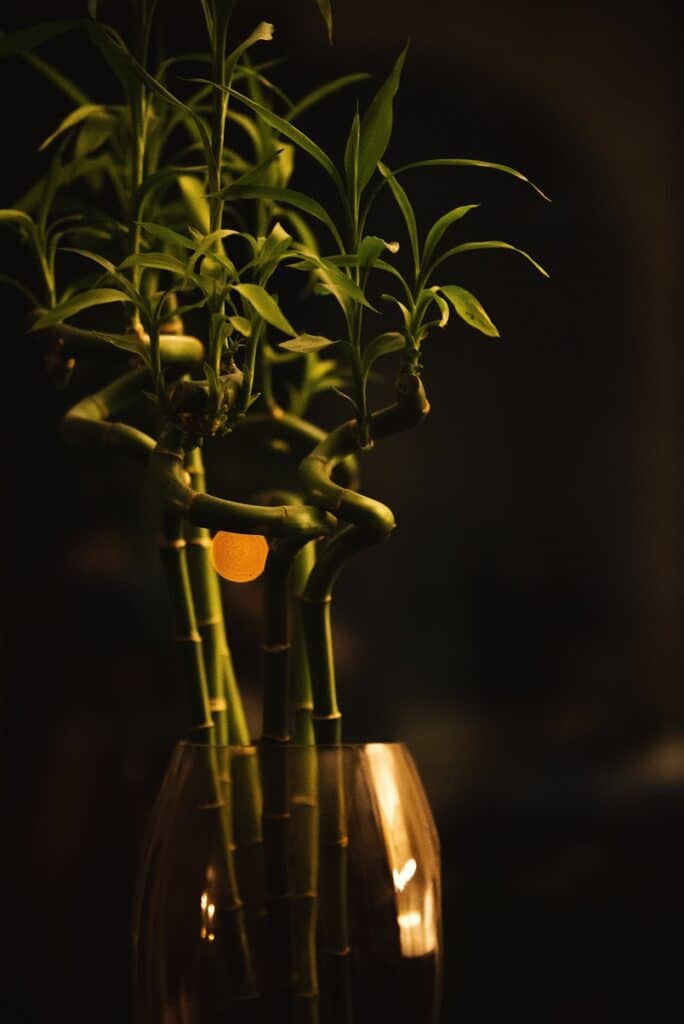
Conclusion
By following these tips for taking care of bamboo indoors, you can ensure that your plant thrives and adds a touch of nature’s beauty to your indoor space. Remember to provide sufficient light, water appropriately, regulate temperature and humidity, prune when needed, maintain pest control measures, and know when it’s time to repot. With proper care, your indoor bamboo can bring a sense of tranquility and natural elegance to your home.


